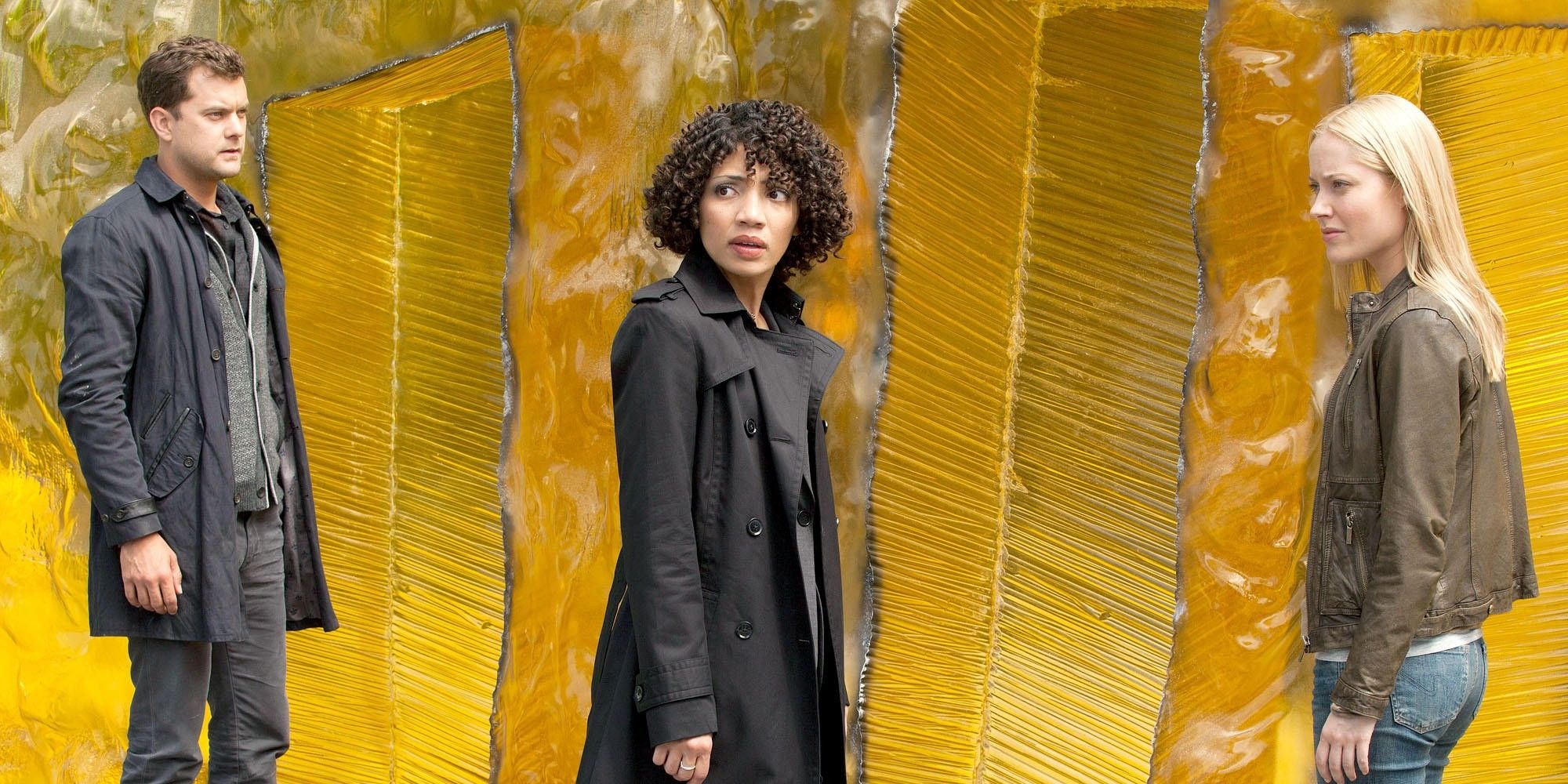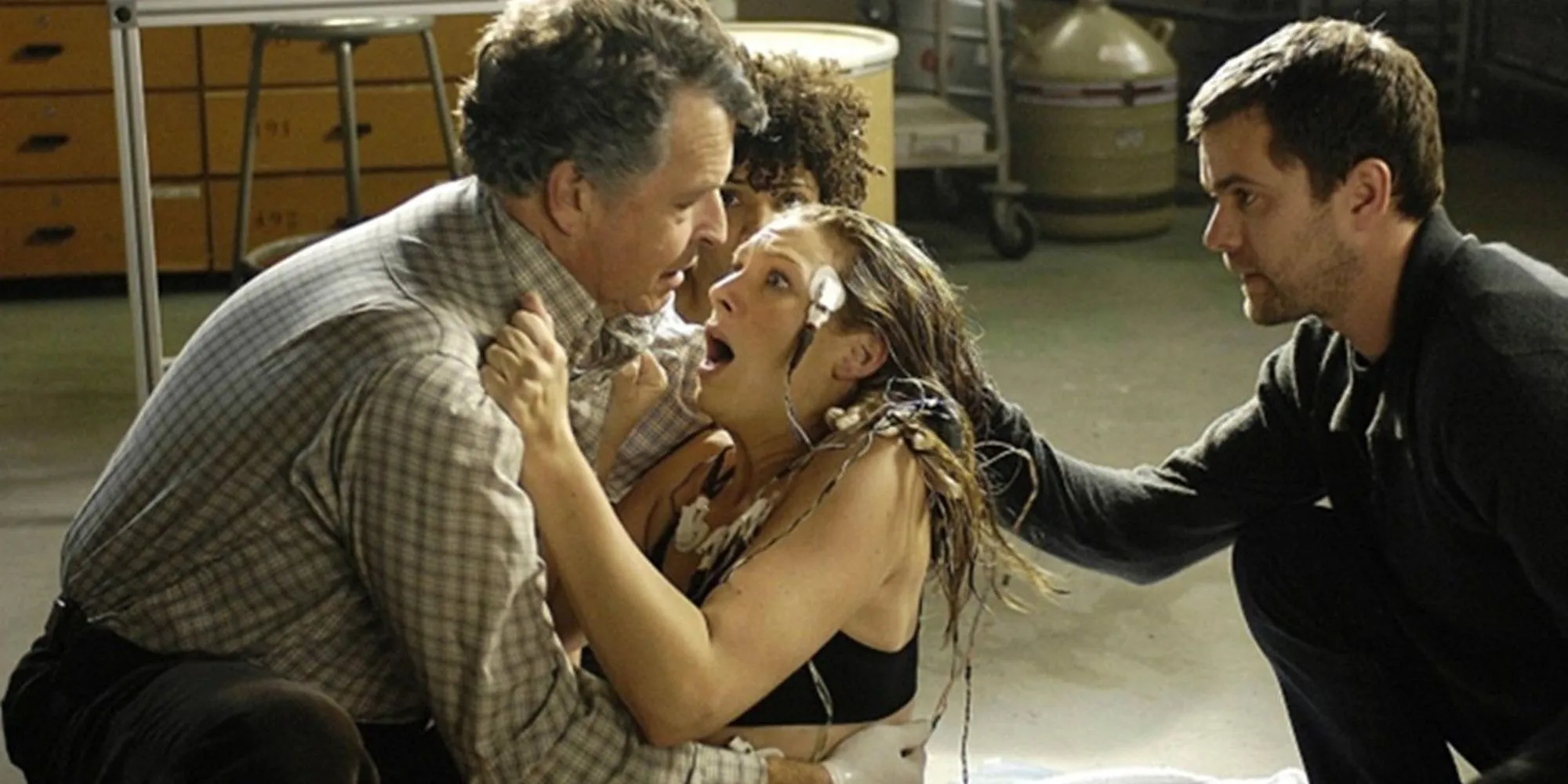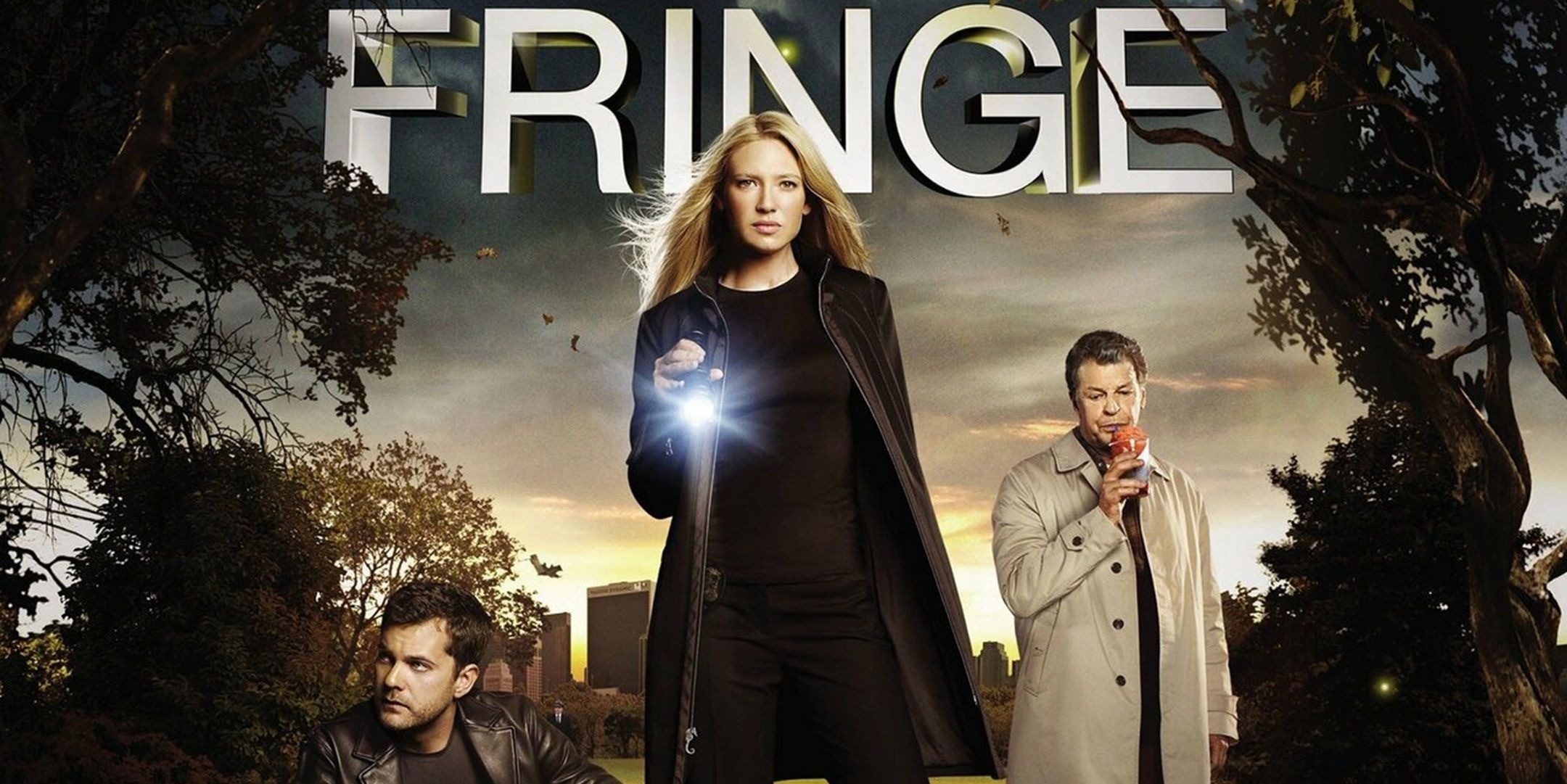Fox has a track record of pulling the plug on TV shows with average ratings. Yet, The X-Files defied the odds, standing out as an exception due to its popularity, even though sci-fi series typically struggle on mainstream television.
Perhaps the similarities between Fringe and The X-Files contributed to the former’s ability to reach 100 episodes. Created by J.J. Abrams, Alex Kurtzman, and Roberto Orci, Fringe lasted five seasons and was fortunate enough to conclude with the creators’ original vision.

Debuting in 2008, Fringe initially followed an episodic format, which gradually evolved into a more serialized storytelling style by its final season. Many TV series do not get the privilege of wrapping up properly, let alone those with increasingly intricate plots.
With each passing season, the storyline became even more complex. Although it wasn’t as mind-boggling as Lost, another J.J. Abrams production, elements like alternate realities, psychic abilities, and unconventional scientific experiments made it difficult to keep viewers engaged.
This makes a breakdown of its finale all the more necessary.
The Conclusion of Fringe
The fifth season of Fringe brought a completely different experience from what the series had previously offered. It was set in the year 2036, a massive leap of over two decades from the previous seasons.
Unlike the earlier format where each episode featured a new paranormal case, the final season adopted a continuous plot focused on altering past events. The storyline revolved around highly evolved humans who traveled to earlier periods to eradicate the existing human race and reshape Earth to suit their own needs.
Back in 2015, Olivia and Peter were enjoying a peaceful picnic with their daughter Etta when their lives took a drastic turn. The advanced invaders arrived, tearing the family apart. To prepare for the battle ahead, Olivia, Peter, Walter, and Astrid encased themselves in amber—a technique that suspended them in time.
Fast forward to 2036, and Etta stumbles upon their frozen forms, setting them free so they can work towards preventing the bleak future where humans live under the rule of the Observers.
By the end of the series, time is reset to 2015, and Olivia, Peter, and Etta find themselves at that same picnic once again—except this time, there’s no invasion.
However, Walter is missing, having embarked on a journey through time with an Observer. Instead of his presence, Peter receives a drawing of a white tulip from Walter. The presence of the tulip sparked much debate, as Walter’s journey into the future should have made it impossible for him to send it.
Yet, the tulip symbolized forgiveness, a reference to an episode in the second season titled White Tulip.
The Observers and Their Role in Fringe
Throughout the series, the Fringe team often came across mysterious, bald individuals with unusual technology who lacked any form of emotion. At times, these figures appeared to assist in solving cases, while on other occasions, they simply observed from a distance, which is why they were called “the Observers.”
However, thanks to a revelation from one of these beings, the team learned that the Observers had their hidden agenda and were only working to serve their future arrival. By the 27th century, humans had genetically removed emotions from their biological makeup, prioritizing intelligence above all else.
This advancement led them to discover time travel. However, by this time, Earth had become inhospitable, forcing them to journey back to 2015 to initiate a mass eradication of humans, clearing the way for their kind.
Armed with superior intelligence and cutting-edge technology, the Observers wasted no time in dominating the 21st century and restructuring the world to fit their vision.
One among them, September, saw things differently and disagreed with their mission. He went against the others by devising a plan to reverse their efforts, including ensuring that the Observers were never created.
His biological son, Michael, was deemed a threat by the Observers because he displayed human emotions, making him an anomaly. Knowing they planned to eliminate the child, September smuggled him into the past for safety, biding his time until he could figure out how to bring down the Observers.
The Fringe team had encountered this child much earlier in the first season’s 15th episode, Inner Child. Together, September and Walter devised a plan to transport Michael to the future, where scientists were first discovering the process of removing human emotions.
They believed that Michael, with his rare combination of intelligence and emotions, would serve as proof that emotional suppression was unnecessary, potentially preventing the creation of the Observer race. However, they faced a major challenge.
Since Michael was unable to speak, he required a companion who could explain everything to the scientists in the future. The catch? Whoever accompanied him could never return to their original timeline, as doing so could risk bringing the Observers back.
Initially, September was set to take on this role as Michael’s father. But when he was shot while trying to enter the wormhole, Walter decided to take his place. After one last heartfelt moment with Peter, Walter stepped into the portal, erasing the Observers from history.
The Core of Fringe
At its heart, Fringe revolves around FBI Special Agent Olivia Dunham and her work with a unique team consisting of an eccentric scientist and his exceptionally intelligent son. Together, they tackled bizarre cases linked to a larger phenomenon known as “the Pattern.”
Behind many of these events was a secretive group called ZFT, whose motives were unclear. At the same time, Massive Dynamic, a powerful multinational company, frequently surfaced in their investigations.

Walter Bishop, the brilliant yet unconventional scientist, shared history with Massive Dynamic’s founder, William Bell. Walter often referred to Bell as “Belly,” and his avoidance of the FBI only deepened suspicions surrounding him.
As the story progressed, the concept of parallel universes was introduced. It turned out that another world existed, one nearly identical to theirs. Walter was deeply connected to this alternate reality, as he had taken the version of his son, Peter, from that universe after his own Peter had died.
This single act set off a chain reaction, altering the other universe permanently. The alternative Walter became a completely different man, and the very fabric of their world was thrown into chaos.
This led to multiple confrontations, kidnappings, and battles between the two realities—until the discovery of a powerful device capable of bridging them together. Fringe was more than just a series about mind-bending science—it was a story of family, relationships, and sacrifice.
Despite a past filled with deception and abandonment, Walter and Peter developed a strong father-son bond. September, an emotionless Observer, defied his kind by showing love and concern for his son. Olivia, despite learning of the unethical experiments Walter had conducted on her, managed to rebuild trust with him.
Fans were initially drawn to the series because of its bizarre cases and resemblance to The X-Files, but they stayed for its heartfelt portrayal of human connections. Shortly after Fringe wrapped up in 2013, Joshua Jackson spoke with Collider about the show’s lasting impact.
He expressed that Fringe and its continued relevance served as a test case for modern television’s evolution. He speculated that the story might live on through fan fiction, spin-offs, or even different media formats such as podcasts or short films.
Whatever form it takes, Fringe remains a show that left a lasting impression on its audience.



